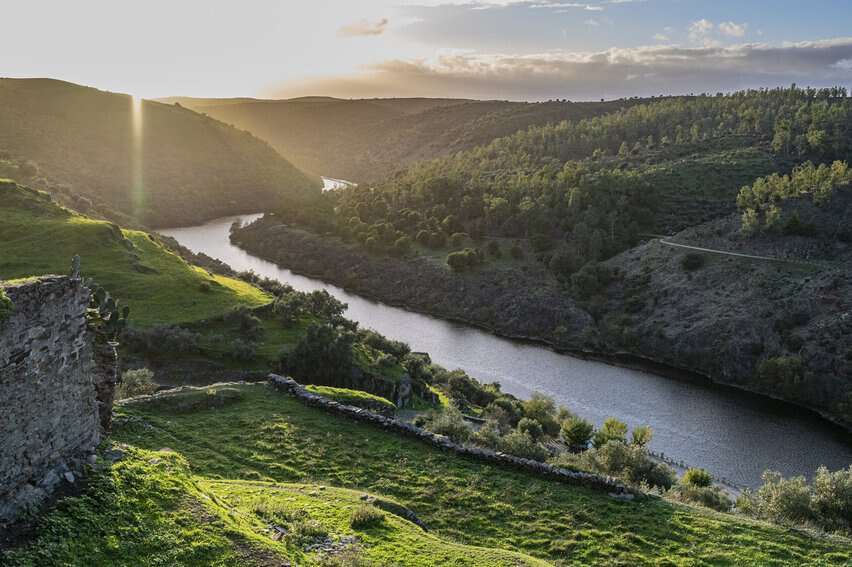
Extremadura, Spain – A Tale of Castles, Convents and Streets of Cobblestones
By Donnie Sexton
GoNOMAD Senior Writer

I strolled along the same cobblestone streets where knights, kings, queens, emperors, and conquistadors tread centuries ago. The destination was Extremadura, an autonomous region of Spain with a border with Portugal.
It’s defined by medieval villages made of stone, everything from fortresses, cathedrals, palaces, and monasteries strung together with cobbled streets. I couldn’t help but ponder how all these imposing structures were built.
Ancient Times in Extremadura
Much of what I saw dates back to the Middle Ages, the time in Europe between the fall of Rome in 476 CE and the beginning of the Renaissance in the 14th century.
Or, by my simplified calculations, about 700 years ago! Power tools, calculators, computers, and forklifts didn’t exist. I pictured backbreaking labor by thousands of people using primitive tools and chisels, erecting these impressive dwellings that have stood the test of time.
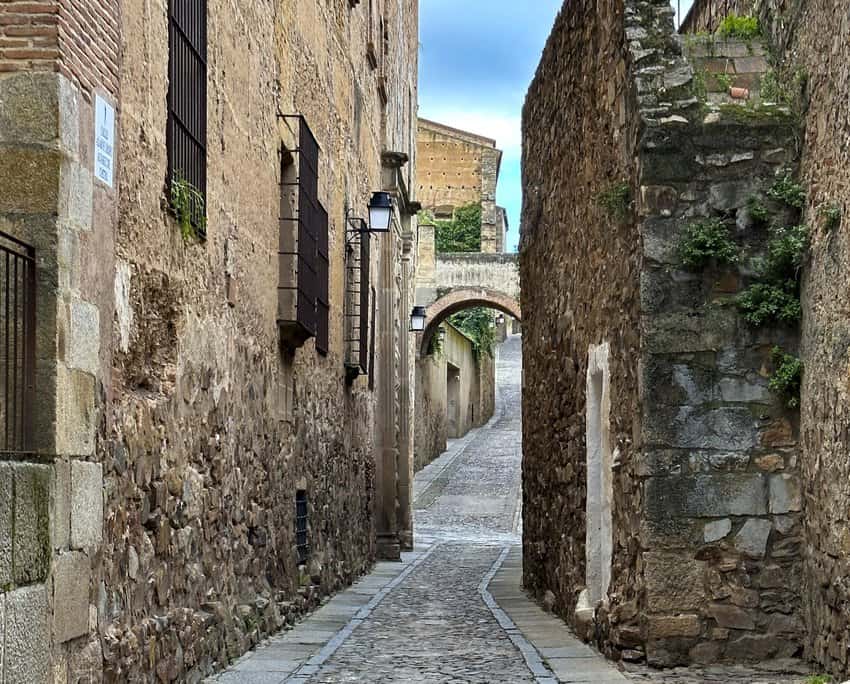
These historical structures are full of life today, having been repurposed into elegant hotels, restaurants, shops, and museums. A mix of Roman, Moorish, Muslim, Arab, and Jewish influences define Extremadura, ripe for delving into medieval history.
Extremadura is best explored by car for ease of travel and the flexibility to pull over wherever your curiosity leads you. With a small group of like-minded travel writers, we ambled through the countryside, with stops and stays at picturesque villages. I did my normal – wandering, wondering, and capturing the scenes through my photography, always looking to uncover some unique tidbits in this region of Spain.
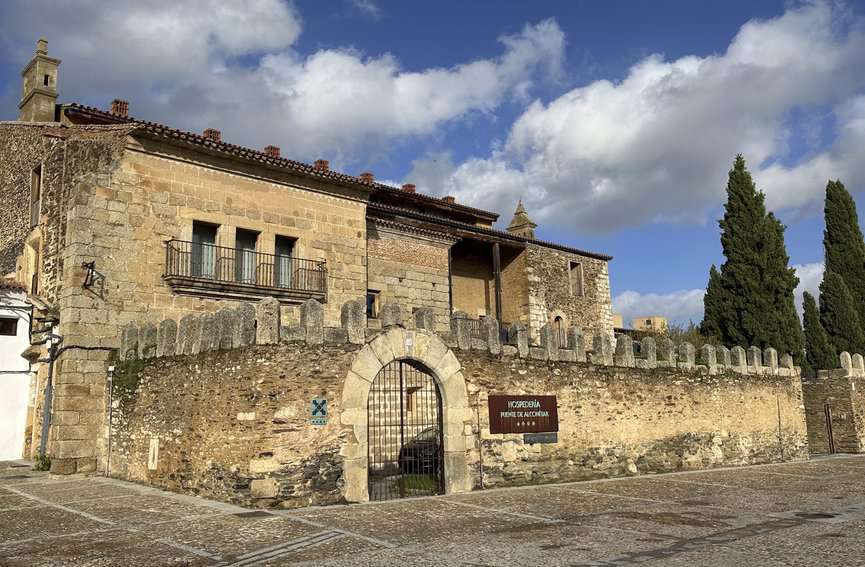
Hospederias: 4-Star Luxe
Unique to Extremadura is the opportunity to bed down in one of eight historical 4-star Hospederias, restored palaces, convents, and stately houses.
I can now lay claim to having slept in a historical convent (Hospedería Valle de Ambroz, from the 17th century) and a 15th century palace (Hospedería Puente de Alconétar).
I tried to imagine who might have slept in my room centuries ago. All the Hospederias have lovely restaurants highlighting local wines and regional dishes, such as pork cheeks, acorn-fed Iberian pork sausage, and chestnut soup.
While the meals were tasty, it was a big adjustment for me on meal times throughout Extremadura. Breakfast was typically 8 am – 11 pm, then lunch from 1 pm – 4 pm, and dinner from 8 pm to 11 pm, when I’m usually tucked into bed with a book.
The lunch hours coincided with all shops closing for afternoon siestas, so the lesson was don’t plan on doing anything save for lunching and catnapping in the afternoon. There is no such thing as fast food. The locals like to linger over meals anywhere from one to three hours.
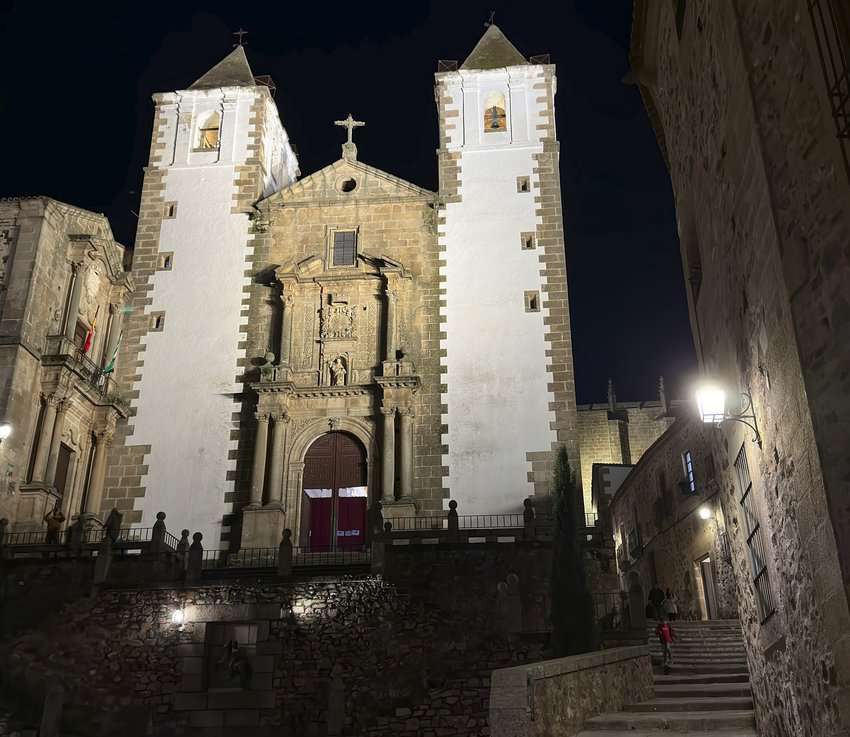
Cáceres and the Convent Cookies
Founded by the Romans, Cáceres was declared a UNESCO World Heritage Site in 1986 and is the regional capital of Extremadura. 12th-century Moorish walls encircle the old town. I was told that some convents within the medieval walls sell their cookies to support themselves.
The nuns are not supposed to have contact with the outside world, so they have devised a unique way of selling their treats, which piqued my curiosity.
I found my way to the Monasterio de Sta. María de Jesús entrance and stepped inside. There was a poster showing what was available, a turntable built into a wall, and a doorbell to ring for assistance.
A voice behind the turntable asked me what I wanted to buy; then I put the cash and a note asking if we could talk into the turntable.
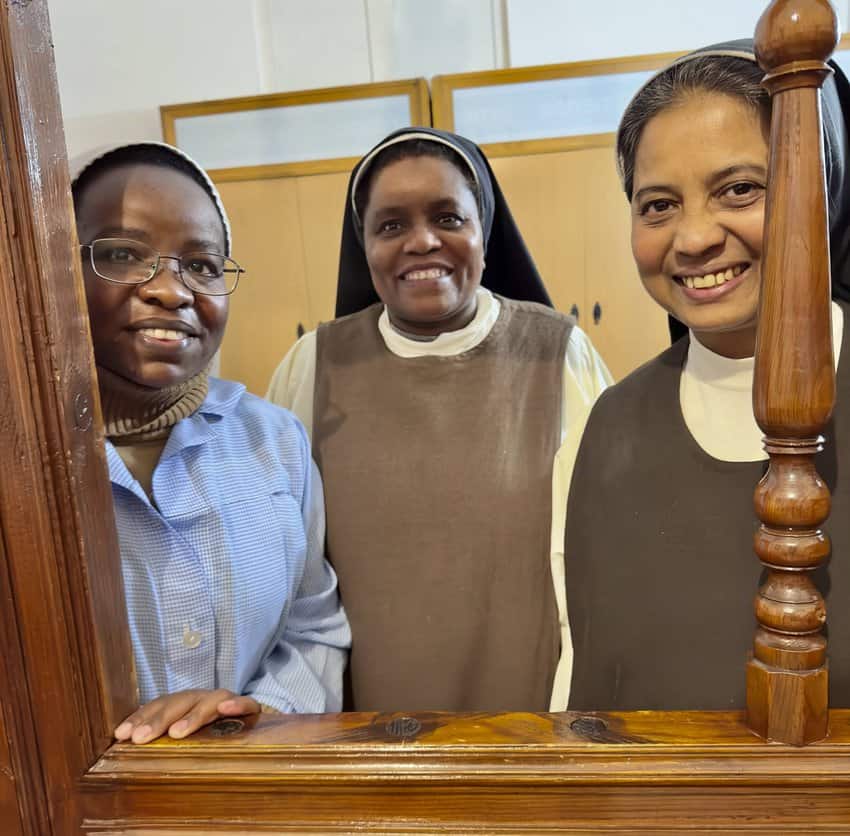
The sister rotated the unit, and with another spin, there were my cookies. A face peeked through the opening and then asked what I needed, so I started asking questions.
Sisters
The lovely young lady from Kenya responded, and as our conversation continued, she invited me into the foyer to meet two other sisters. Only six nuns live at the monastery: two from Kenya, three from India, and one from Spain.
They don’t go out into the city for mission work but rather serve God inside their walls through prayer.
They even allowed me to take their photo. I was overwhelmed by their level of satisfaction and happiness with the life they had chosen.
The sisters invited me to stay and pray with them and to return another day to help make cookies. Not only did I leave with cookies, but their assurance they would be praying for me.
These serendipitous moments in travel become my best memories of a destination.
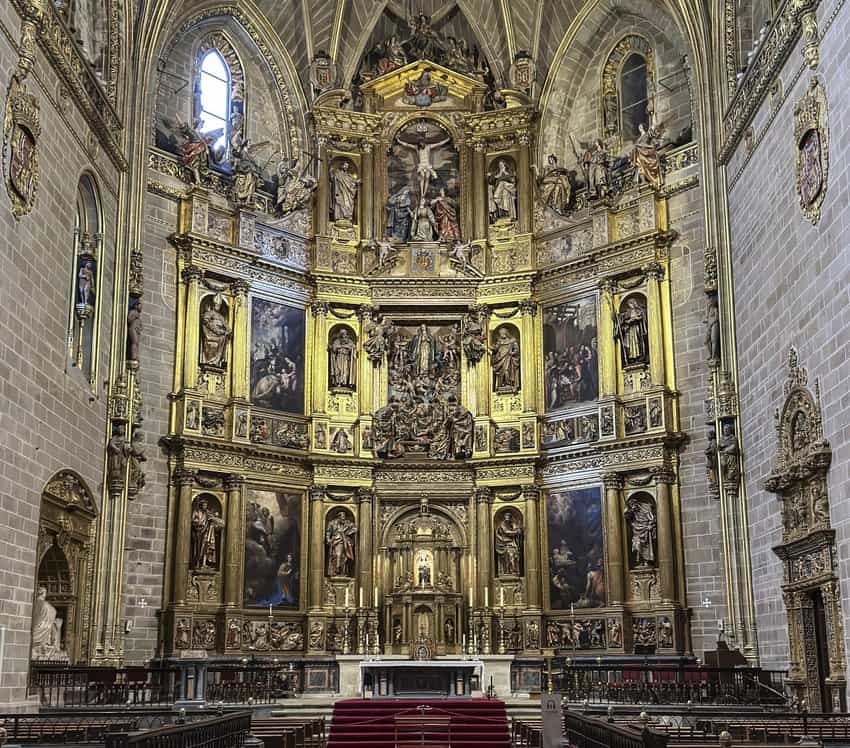
Plasencia
Our explorations took us to the medieval town of Plasencia, another walled city with 68 towers, the centerpiece being the imposing Plasencia Cathedral.
The cathedral consists of two buildings interconnected – the Old Cathedral, a 13th-century Romanesque building, and the New Cathedral, begun in the 15th century, with Gothic and Renaissance elements.
The interior was impressive, with glittering gold alters and massive pillars anchored to elaborate vaulted ceilings.
As I stood in awe, staring at this masterpiece, our guide Alvaro approached me, asking if I had checked out the naughty carvings. What? Where?
He led me to the walnut-carved choir stalls, where the folded-up seats revealed some very sketchy carvings, best described as human and animal interactions in compromising positions. What the heck was this about? Alvaro shrugged his shoulders, having no explanation.
Jewish Quarters
Many of the towns in Extremadura have Jewish Quarters, another tidbit worth checking out. Jews were brought to what is present-day Spain by the Romans. This area had been anti-Jewish for centuries, forcing the creation of ghettos in an effort to isolate the Jews, who unsuccessfully sought a peaceful co-existence.
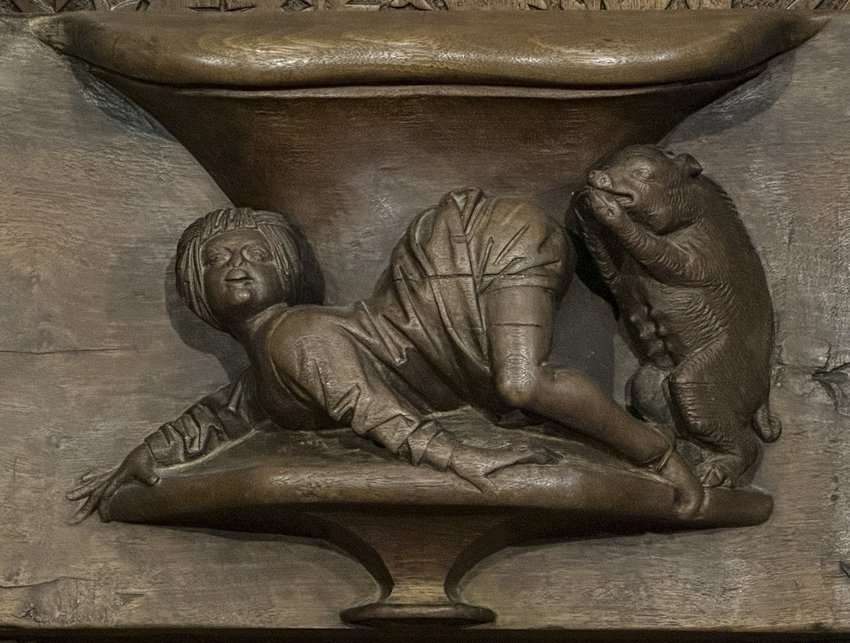
In 1492, Queen Isabella and King Ferdinand, who ruled the territory, presented the Jewish community with a choice: convert to Catholicism, be expelled from the kingdom, or face death.
Hervás
Today, the town of Hervás has one of the best-preserved Jewish quarters, where a walk through the narrow streets reveals the Star of David on street signs, and the Star built into a cobblestone street.
In creating their ghettos, the Jews used local materials of wood, tile, and adobe bricks, with the result resembling half-timbered houses similar to what you find in Germany. Today, abundant flowers and plants adorn these ancient homes.
Death by a Mosquito
Another insightful discovery was the Monastery of San Jerónimo de Yuste, chosen by Emperor Charles I of Spain as his final place of rest and retirement after a 40-year reign. He built a palace that adjoined the church and took up residence in February 1557.
He suffered greatly from gout, but it was a female mosquito carrying malaria that bit him and caused his death. Today, the monastery, palace, and manicured gardens are open for visitors to experience yet another slice of medieval history.

Wander and Wonder
Once you’re explored the grand cities of Madrid and Barcelona, consider a visit to the slower-paced Extremadura and immerse yourself in medieval history.
The region is also known for its gastronomic culture, producing the famed Iberian ham, locally produced paprika, distinctive torta cheese, olive oil, and local wines whose roots reach back to the days of the Romans.
Open yourself to conversations with strangers, absorb what tidbits of history you can, and I guarantee you’ll come home understanding more of our amazing world. An excellent company to explore Extremadura is Verdehese, owned by Álvaro Casanova.
Find out more about Extremadura at their tourism website.
- Hands That Tell a Story - April 30, 2024
- Butte, Montana: Home to the Richest Hill on Earth - April 6, 2024
- Spain’s Extremadura: History and Famous Pigs - December 20, 2023


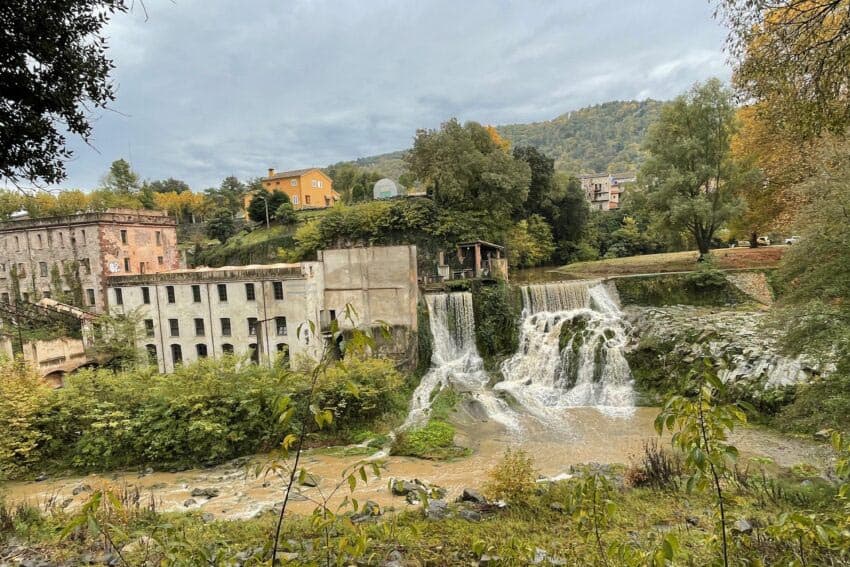
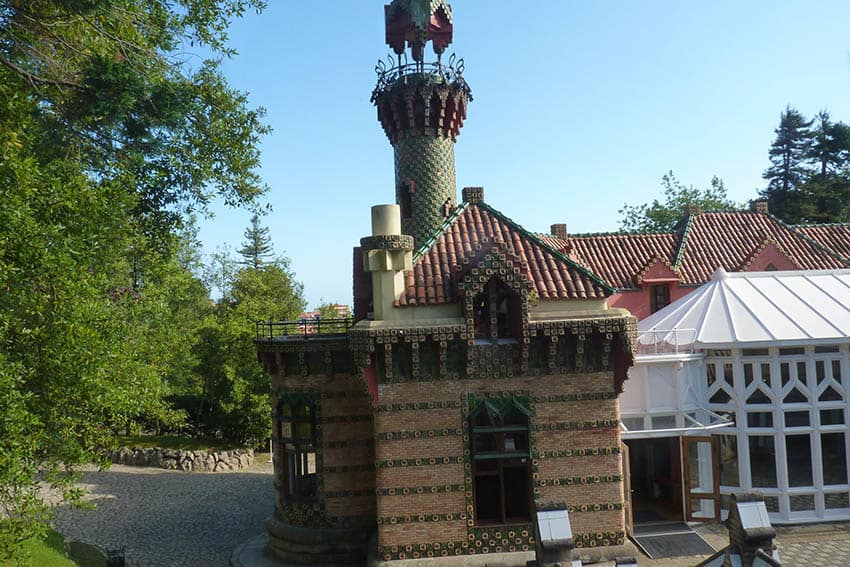


Merida, the capital of Extremadura, is definitely worth visiting. They call it La Pequeña Roma (the small Rome) here as it has been influenced by the Roman Empire and its architecture, so there are really a lot of spots to visit: circus, amphitheatre, arts museum, wall.